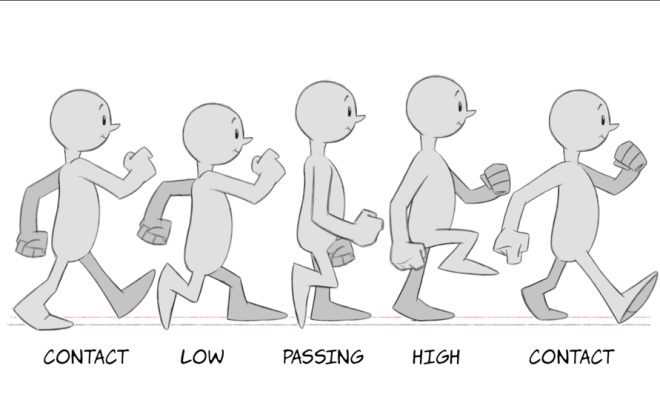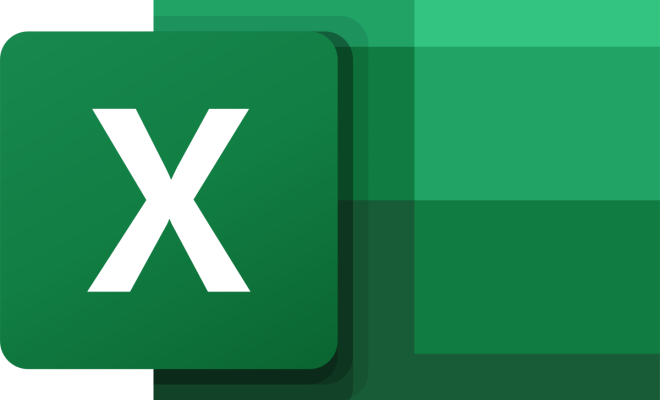Assistive Technology to Help Students with Apraxia Succeed Academically

Apraxia is the absence of voluntary muscle control. Regardless of how healthy the muscles may appear, the user has no control over them. The inability to intentionally move normally developed muscles has a substantial impact on academic success because students learn by doing and communicating.
Apraxia in general
Learners with apraxia may benefit from sip-and-puff systems that allow the user to control a computer or other mobile device. Fully-integrated systems like Jouse3 and Origin Instruments provide students with the assistive technology students diagnosed with apraxia need to participate in an academic environment.
Apraxia of speech
Students diagnosed with apraxia of speech have challenges articulating the sounds used in speech production.
By accessing assistive technology to help them communicate with pictures, formulate sounds, and practice sound production, children with apraxia can improve their communication skills and succeed academically. These three assistive technology tools may help:
This game-like app combines stimulating visual with sound windows to show students how to articulate the sounds necessary for speech. Speech pathologists helped in the designing the levels, which progress from phonemes to syllables and their structure (i.e., consonant and vowel patterns).
Cited for its versatility, SpeechBox is an award-winning assistive technology tool that offers hundreds of pictures and allows users to personalize the tech tool by taking their own photos and cataloging them in one of thirty categories or importing photos from the Internet. The options for customization continue with personalized recordings of words, male and female voices, and three English dialects (US, UK, and AUS), making SpeechBox useful for academic success in the classroom and beyond.
A National Association for Child Development (NACD) Home Speech Therapist tool, Speech Therapy can be used by therapists, and parents for offering articulation practice. This app takes users through sound groups in a logical sequence of sound production.
NACD also offers a second level of assistive technology called Speech Therapy for Apraxia Words and this app addresses the next logical step in speech production, which is combining syllables into words.
Other useful assistive technology tools include text-to-speech programs that articulate sounds for students, like the Intel Reader or the Kurzweil 3000. These readers are small enough to be portable and useful in most situations, and students can use the devices for reading aloud or being read to.
With the right assistive technology, students diagnosed with apraxia or apraxia of speech may experience greater academic success.






